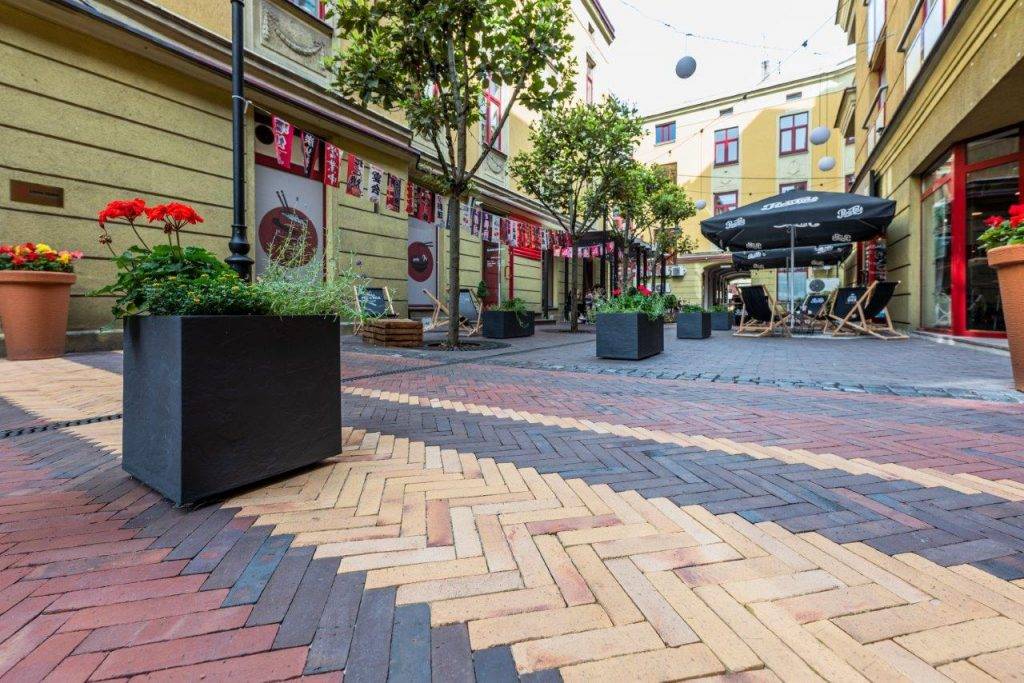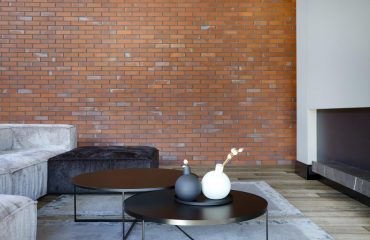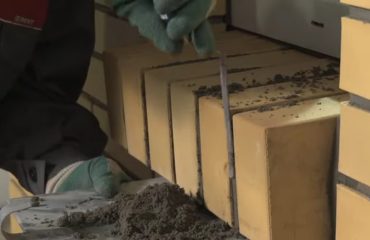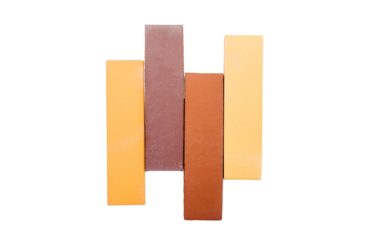Paver is an increasingly popular type of clinker products in Poland, valued for its extraordinary durability, functional qualities and beauty – its precious character, impressive colors and surprisingly large possibilities for creating various patterns from it. It’s worth learning more about all those benefits.
Like other clinker products, pavers are made from a mixture of clay burnt at tover 1000°C, which forms an extremely durable ceramic sinter. This method of manufacture results in unbelievably long lifespan of the material, measured in hundreds of years. It is four times more durable than concrete paver (a 47 mm thick clinker block is equivalent to a 80 mm thick concrete paving block) and even 20 times more resistant to abrasion. And because such paver is also not subject to aggregate polishing – as is the case with concrete paver – road or terrace built with the use of clinker block also has the highest skid resistance (class U3) even when wet.
Paver. As good as it looks.
The durability of pavers relates to both technical and visual aspects, which is equally important in the case of a driveway or terrace. In fact, the selection of raw material from a particular deposit and precise regulation of burning parameters influence for the color of clinker block. For the same reason, the shade of block is uniform on all sides and in cross-section. Therefore, it’s easy to cut, fit and handle the material. And on top of that, the block has up to 5 aesthetic surfaces – both flat surfaces, two shorter sides and one longer side.
Paver. A highway to a comfortable life
Being easy to clean, clinker paver is very resistant to soiling, acids, alkalis and detergents. It’s the advantage that translates into both the appearance of pavers and everyday comfort for residents. The standard soiling that appears in the garden or around the house, however, can usually be handled by rain itself. In the event of a strong stain (e.g. from spilled paint) or mechanical damage, you can simply solve the problem by… turning the block on the other side. This is possible because clinker paver has as many as two surfaces that can be used to lay them.
Paver. Strong color base
Although clinker work is associated with a terracotta shade (known to be the most common brick), the design possibilities are much broader. The color palette of the paver ranges from yellow (Sahara, Solaris and Alt Solaris models with brown stripes), through various shades of red (red Kalahari or Staromiejski, shaded Argon or Lava, multicolored with burnt spots such as Classic, Alt Classic, Mozaika or Antika) and brown colors (Wega, chocolate shaded Toba and Alt Toba) to dark gray colors (Tybet, Tytan).
Paver. Check the pattern out!
200×100 mm is the typical size of LHL Klinker paver. There are two exceptions – models with “Alt” in their name are significantly elongated and have the format of a half of a standard paver, while Mozaika paver or Classic slip have square shapes. This diversity results in enormous arrangement possibilities. It is important to note that even a relatively “simple” block can be used to create a vast number of one-, two- and even multicolored patterns. One of the most popular is the Herringbone pattern, which is back in fashion. It is ideal for roads and driveways, including curved ones, as it is extremely resistant to the torsional forces generated when the vehicle wheels are maneuvering on the spot, as well as to the forces generated by braking and sudden starts. On the other hand, rosettes and snail patterns look great on terraces. The history of architecture and construction can be a source of many well-tested solutions and creative abilities of modern designers are limited only by imagination.
You can read more about interesting paver patterns in the article „Pavers– patterns”.
You are also welcome to create your own configuration of both color and paver setting in our 2D Configurator.






